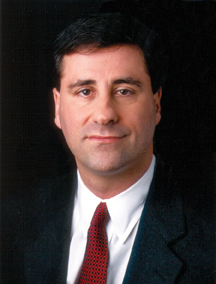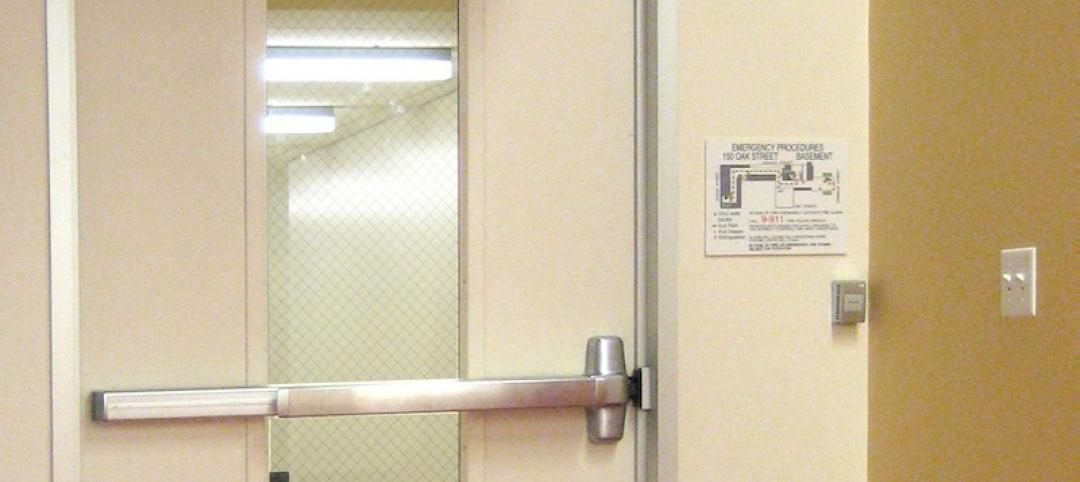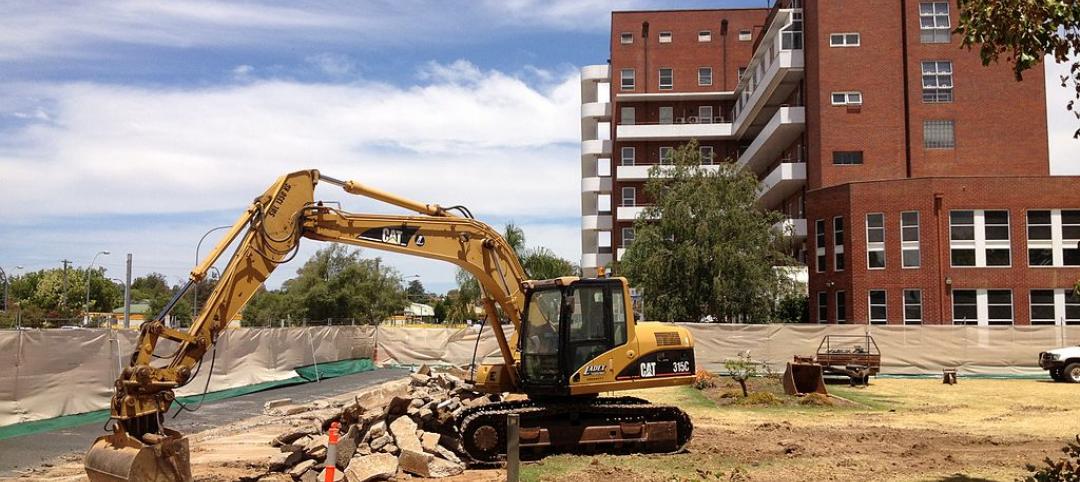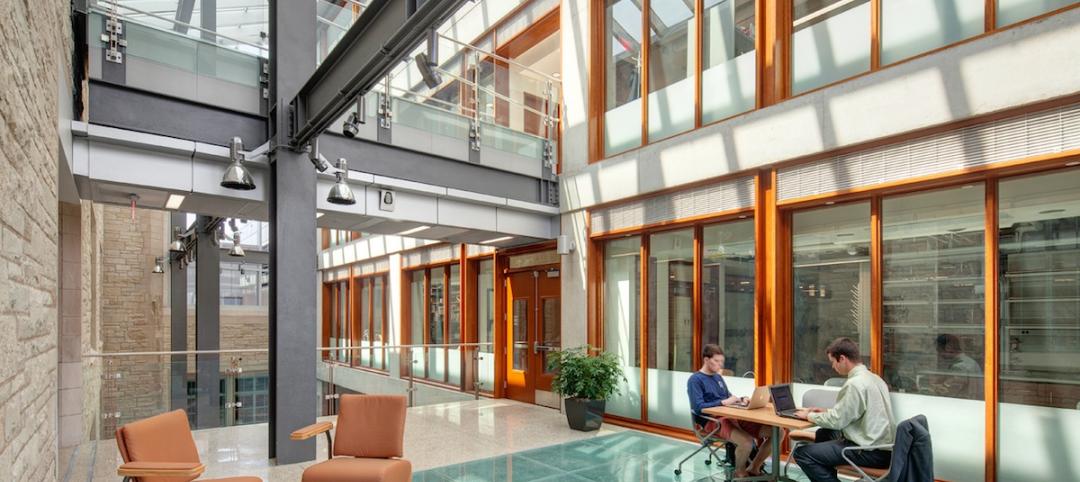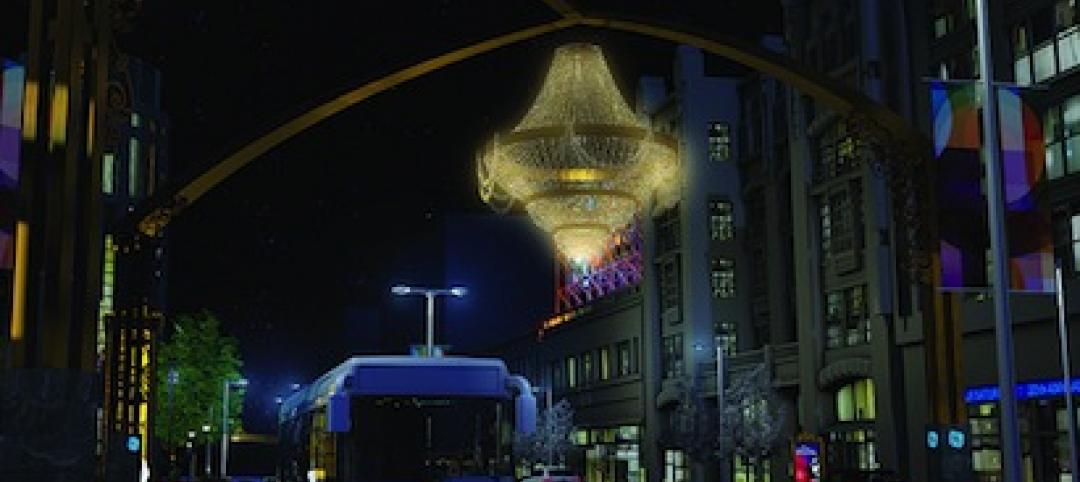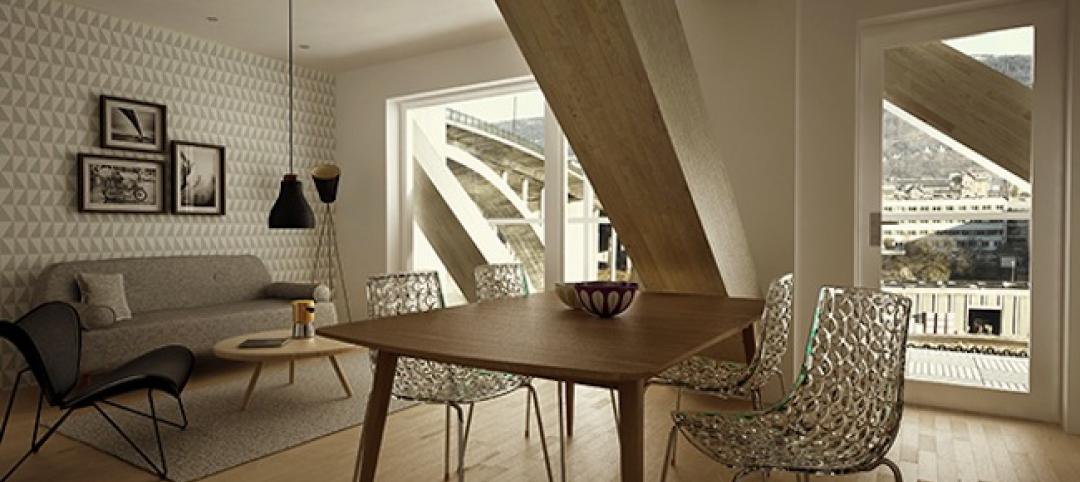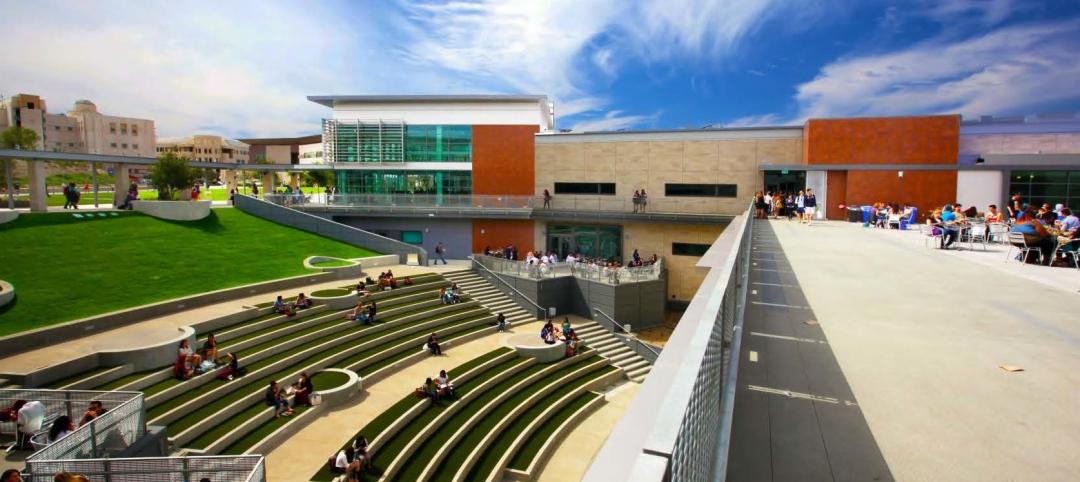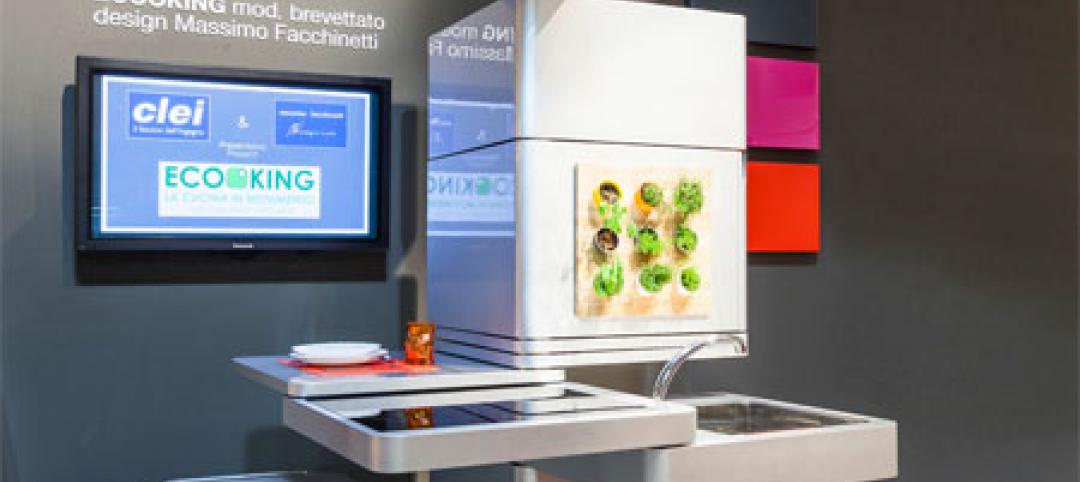BD+C: What is your gut telling you about the real estate market?
Michael J. Alter: My hope is that things are bottoming out, but things aren’t going to be good until unemployment drops, rents start firming up, and there’s some absorption in the markets. Capital markets are beginning to return, for high-quality apartment deals and CBD office buildings in major cities like New York, Chicago, and Washington. Nationwide, the value of trophy properties is only at about 17% below their peak. In Chicago, two major office towers recently sold at record prices, so clearly there’s a hunt for institutional-grade assets with credit tenants.
BD+C: Then why aren’t more projects getting financed?
MJA: There’s a tremendous amount of liquidity on the sidelines. Commercial real estate companies and funds raised $13.2 billion in November alone, while the pension funds and foreign capital have also raised their allocations. For investors, there are not a lot of great places to put your money. It’s a risk/reward calculation, although investors worldwide still look at the U.S. as the highest-quality market to be in.
In talking to our clients, we think there’s a significant pent-up demand, projects that they want to do and haven’t pulled the trigger on, but they’re getting ready. Corporations are sitting on $2 trillion of capital. We’re going to start to see them moving ahead on real estate in 2011—not a dramatic burst of activity, but a steady increase. All that gives me cause for optimism.
BD+C: In accepting the NAIOP award on behalf of your company, you noted that “30 million people will join our population in the next decade alone.” What does that mean for the real estate industry?
MJA: Well, first, a lot of that growth will take place in urban centers. By 2050, there will something like 300 million people in U.S. cities, about 75% of our economic output, so there will be a great need for high-tech office buildings that support knowledge work. Then there’s the aging population—about 40 million senior citizens—which creates opportunities in how we house and care for elderly people. There’s going to be tremendous demand for healthcare, particularly in the outpatient arena, due to this increase and also because of the 30 million new people who will be covered under healthcare reform.
In just the last six months, our healthcare division, Alter+Care, has been reporting that every medical provider is rethinking its business model and strategy. Healthcare reform has urged that hospitals move toward an accountable care model, which means co-locating the entire continuum of medical services, from wellness to outpatient services to acute care. They’re jockeying for position in this new paradigm, and they’re thinking about their space needs as a piece of that puzzle.
Hospitals are also buying physician groups, with a new emphasis on primary care. This physician-employed model gives hospitals more control, which will increase the demand for locating medical office space right on hospital campuses. The resolution of all this is going to have a significant impact on the real estate industry.
BD+C: What do your clients say about sustainability?
MJA: We do hear about it from clients, particularly the Fortune 500 companies. It’s an important criterion for them, and they mention it in all RFPs. It’s taken a bit of back seat because of the economy, and it’s not quite as high a priority as it was two years ago, but that is temporary. The case for green can be made in many ways. Consider that energy prices have quadrupled since the 1990s. As a long-time building owner, we had a vested interest in controlling the operating expenses of those buildings, and one way to accomplish that has always related to energy costs. “Green” is only going to continue, and we’re all getting better at bringing the costs down without paying a premium.
I think the capital markets will also start placing a small premium on green buildings, and that will make the cost situation even more favorable.
BD+C: How can architects, construction firms, and engineers work better with a major developer like the Alter Group?
MJA: We have a very small in-house operation for the number of projects we do, and we use a lot of outside service providers. We’re looking for team players, collaborators, people who can work together in a positive way. Some people want to be in charge and tell everyone what to do, and are incapable of the give and take that leads to a successful project. Once we find the right people who are team players and understand the value proposition, then we keep going back to them.
BD+C: From a professional standpoint, what’s your biggest worry?
MJA: A double-dip recession caused by the government stimulus not being replaced by private-sector demand. In the long term, we have to confront our $14 trillion national debt; not doing so will impair our ability to borrow to fund our growth. We have more than $1 trillion worth of commercial real estate loans expected to mature between 2010 and 2013, and that’s a concern. I think properties with cash flow won’t have a problem refinancing, although there may be additional equity requirements on those loans.
Personally, I don’t think we’ll have a double dip, but that doesn’t mean I don’t worry about it.
Comments? Send them to: rcassidy@sgcmail.com.
Related Stories
| May 5, 2014
Tragic wired glass injury makes headlines yet again
In the story, a high school student pushed open a hallway door glazed with wired glass. His arm not only broke the glass, but penetrated it, causing severe injuries. SPONSORED CONTENT
| May 3, 2014
Health system capital planning for the future: The benefits of master plan portfolio analysis and ambulatory market modeling
Money continues to be scarce, yet U.S. health systems need to invest and re-invest in their physical future. Healthcare facilities planning experts from CBRE Healthcare outline tools and strategies for identifying where to best allocate precious resources.
| May 3, 2014
4 easy steps to being a great project manager
Managing a team of people, especially creative people, is a task that not everyone is up for. Keeping your team on the same page while maintaining a schedule and budget that can keep your corporation happy will take confidence and bountiful people skills. Here are some tips for effectively managing a project. SPONSORED CONTENT
Sponsored | | May 3, 2014
Fire-rated glass floor system captures light in science and engineering infill
In implementing Northwestern University’s Engineering Life Sciences infill design, Flad Architects faced the challenge of ensuring adequate, balanced light given the adjacent, existing building wings. To allow for light penetration from the fifth floor to the ground floor, the design team desired a large, central atrium. One potential setback with drawing light through the atrium was meeting fire and life safety codes.
| May 2, 2014
World's largest outdoor chandelier tops reworked streetscape for Cleveland's PlayhouseSquare
Streetscape project includes monumental gateway portals, LED signage, and a new plaza, fire pit, sidewalk café, and alfresco dining area.
| May 2, 2014
Norwegian modular project set to be world's tallest timber-frame apartment building [slideshow]
A 14-story luxury apartment block in central Bergen, Norway, will be the world's tallest timber-framed multifamily project, at 49 meters (160 feet).
| May 2, 2014
Top 10 countries for LEED buildings outside the U.S.
The list of the top 10 countries for LEED reflects the global adaptability of the world’s most widely used and recognized system guiding the design, construction, operations and maintenance of green buildings.
| May 1, 2014
First look: Cal State San Marcos's posh student union complex
The new 89,000-sf University Student Union at CSUSM features a massive, open-air amphitheater, student activity center with a game lounge, rooftop garden and patio, and ballroom space.
| May 1, 2014
Super BIM: 7 award-winning BIM/VDC-driven projects
Thom Mayne's Perot Museum of Nature and Science and Anaheim's new intermodal center are among the 2014 AIA TAP BIM Award winners.
| May 1, 2014
Tight on space for multifamily? Check out this modular kitchen tower
The Clei Ecooking kitchen, recently rolled out at Milan's Salone de Mobile furniture fair, squeezes multiple appliances into a tiny footprint.


